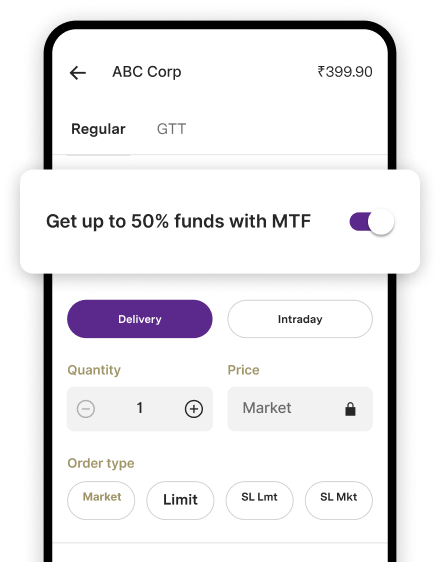What could be better than a bank to ‘bank on,’ right? One would think that is a no-brainer. However, recent incidents of financial irregularities, and violation of RBI guidelines have created a lot of uncertainty in the minds of investors and created a trust deficit.
In such a scenario, it is prudent to check a few basic financial indicators of the bank before investing in its stock. In this blog, we'll look at some aspects of how to assess a bank's financial health and why it's important.
Key Indicators of Financial Health of a Bank
When it comes to checking the financial health of a bank, there are several key indicators that one can consider. These indicators give you an idea of the bank's overall financial position. These can also help in assessing the bank’s ability to weather economic storms.
-
Capital Adequacy Ratio (CAR):
It is one of the most important indicators which measures a bank's capital against its risk-weighted assets and liabilities. This ratio is crucial because it tells you how much cushion a bank has to absorb losses before it becomes insolvent. Generally, a high CAR means that a bank has cushion to absorb losses without becoming insolvent.
-
Liquidity Ratio:
This ratio highlights the proportion of highly liquid assets held by the bank to meet its short-term obligations. A bank with a high
liquidity ratio is better placed to handle unexpected withdrawals or financial shocks. In general, this ratio shows how much high quality liquid assets a bank holds that are sufficient to cover 30 days of cash outflows.
-
Non-performing assets (NPAs): It is one of the most critical indicators of a bank's financial health. NPAs refer to the classification of loans which are not being repaid and have been tagged as default loans. As per RBI regulations, if interest on a loan is not paid for 3 months (90 days), the loan is categorised as a non-performing asset.
A higher NPA ratio indicates that the loans given by a bank are not being paid on time, which means that the asset quality of the bank is in poor shape. It is important to note that the interest income from loans is one of the main sources of income for banks.
- Net interest margin (NIM):
The NIM is a profitability indicator that highlights the likelihood of a bank thriving over a long period of time. It is the difference between interest earned by a bank on loans and the interest it pays on deposits. For better understanding of a bank's performance, one can also look at both NIM and NPAs together. For example, if the NPAs of a bank are rising then the interest earned by the bank should fall, resulting in decline of the NIM.
These are some of the key indicators that are essential in assessing a bank's financial health. Understanding each of them, and how they relate to each other, will give you a clear picture of a bank's overall financial health and allow you to make informed decisions before you invest.
Analysing Financial Statements
When reviewing a bank's financial health, one of the most important steps is to analyse the bank's financial statements. These statements typically include the balance sheet, profit and loss and cash flow statement. By going through these statements, you will be able to understand the bank's financial health. Like any listed company, banks are also expected to make public their financial statements on a quarterly basis. These documents are easily available on stock exchange websites.
Conclusion
In conclusion, it is important to check the financial health of a bank before you invest your hard-earned money in its stock. A few indicators such as capital adequacy ratio, liquidity ratio, non-performing assets and net interest margin provide insight into a bank's financial health. Analysing financial statements and regulatory reports can also help to assess a bank's financial stability. You can also use these numbers to compare the performance of different bank stocks and pick one that is aligned to your investment goal.
Disclaimer
The investment options and stocks mentioned here are not recommendations. Please go through your own due diligence and conduct thorough research before investing. Investment in the securities market is subject to market risks. Please read the Risk Disclosure documents carefully before investing. Past performance of instruments/securities does not indicate their future performance. Due to the price fluctuation risk and the market risk, there is no guarantee that your personal investment objectives will be achieved.

